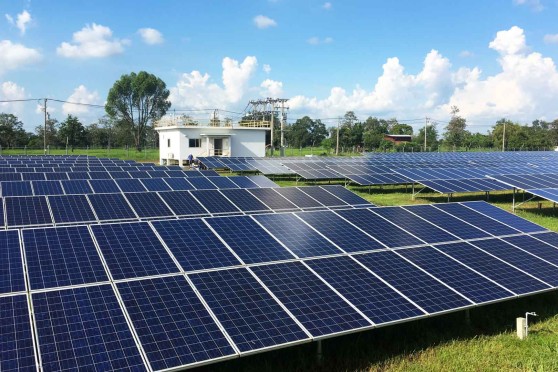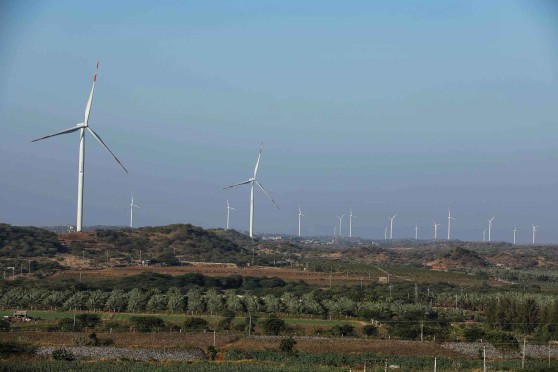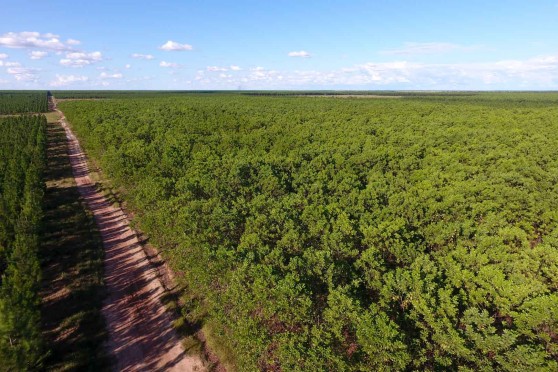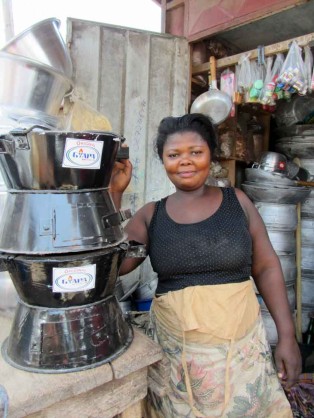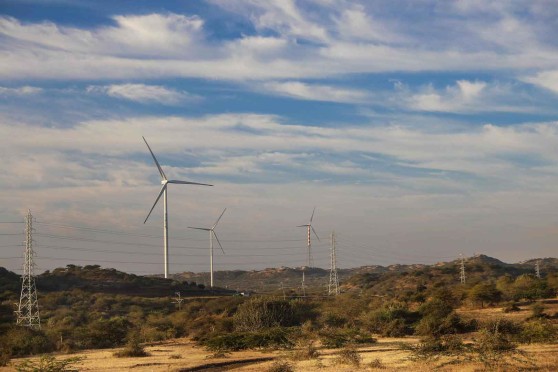Compensation of carbon emissions
In which countries does GLS offset and which emissions are compensated?
Since 1 April 2025, companies operating under the GLS trademark in the following countries have in place initiatives to compensate for their Scope 1, 2 and 3 carbon emissions, calculated according to the GHG Protocol , through the acquisition of 'carbon credits'.*
- Austria
- Belgium
- Slovenia
*The Basis of Reporting provides further details on GLS‘ assessment of the GHG calculation.
Further, since 1 April 2025, the companies in the following countries operating under the GLS trademark, offer to clients a compensation service:
- Germany
- Netherlands
- Portugal
- Spain
This compensation service is available upon customer’s individual request and encompasses the compensation of an amount of emissions calculated on the basis of the number of the customer’s parcel and freight deliveries multiplied by the value corresponding to the average CO2/parcel for the relevant country.
How do we offset the emissions in the above-mentioned GLS countries?
We cooperate with ClimatePartner GmbH, Munich (“ ClimatePartner ”) to compensate emissions through investments in climate protection projects. See below: “ In which climate protection projects does GLS invest to compensate emissions during 1 April 2025 and 31 March 2026?”
How does the compensation actually work?
Climate protection projects aim to reduce or avoid greenhouse gas emissions, for example by financing renewable energy projects of third-party communities and protecting rainforests from deforestation. The climate protection projects listed here are certified according to international standards, such as Verified Carbon Standard (VCS) or Gold Standard (GS) and are regularly verified by independent third parties. See below: " What does the certification standard of the climate protection projects mean? "
ClimatePartner purchases the Verified Emission Reductions (VERs) generated by climate protection projects in the amount of the annually calculated GLS emissions to be compensated.
Based on these VERs, ClimatePartner in turn issues, for the above-mentioned GLS countries and GLS customers that request the compensation service, its own certificates which certify that the amount of emissions indicated in the certificate have been offset.
The following timeline provides a detailed overview of the GLS process from the purchase of carbon credits with Climate Partner to the issuance of offset certificates:
From purchasing carbon credits to issuing compensation certificates - Exemplary process for the compensation during 1 April, 2025 and 31 March, 2026
The exact times may vary slightly.
In which climate protection projects does GLS invest to compensate emissions during 1 April, 2025 and 31 March, 2026?
We are investing in third-party projects outside our value chain. See below: " What is the difference between avoidance and removal carbon credits?"
| Project Region and Country | Project type | Certification Standard |
Supported climate protection projects that avoid emissions from being emitted into the atmosphere: | ||
| Guttigoli, India | Solar energy | Gold Standard VER (GS VER) |
| Gadhsisa, India | Wind energy | Gold Standard VER (GS VER) |
| Gia Lai, Vietnam | Wind energy | Gold Standard VER (GS VER) |
| Gyapa, Ghana | Cook stove | Gold Standard VER (GS VER) |
| Supported climate protection projects that enhance the removal of emissions from the atmosphere: Volume exclusively used by GLS Germany. | ||
| Vichada, Colombia | Afforestation | Gold Standard VER (GS VER) |
What does the certification standard of the offsetting projects mean?
The supported projects meet the Gold Standard (GS) or Verified Carbon Standard (VCS) in conjunction with the Climate, Community and Biodiversity Standard (CCBS). See table from previous sections.
The GS (developed by WWF and other environmental organizations) and VCS (developed by the non-governmental organization VERRA) are standards for voluntary emissions trading. Offsetting projects can be verified and certified by the VCS and GS based on their respective criteria and requirements (e.g. the criterion of additionality).
The Verified Carbon Standard (VCS) is a widely recognized global standard for certifying greenhouse gas emissions reduction and removal projects. It provides a framework to ensure the accuracy, transparency and credibility of carbon offset projects, which generate carbon credits or carbon reductions (VERs) that can be traded in carbon markets. The VCS can be combined with the Climate, Community and Biodiversity Standard (CCBS), which is an additional standard and focuses on social and further environmental aspects.
The Gold Standard (GS) is another internationally recognized standard for certifying carbon offset projects. What sets it apart is its strong focus on sustainability and co-benefits, such as social and environmental impacts in addition to emissions reductions. Projects certified under the Gold Standard adhere to rigorous criteria, making them contributing positively to sustainable development and environmental protection.
What is the difference between avoidance and removal carbon credits?
Avoidance carbon credits are derived from offsetting projects that prevent potential carbon emissions from being released into the atmosphere. For example, renewable energy projects that replace fossil fuel-based electricity sources help avoid future emissions.
Removal carbon credits are generated by offsetting projects that remove already emitted carbon emissions from the atmosphere and store them for an extended period of time. An example of such a project is reforestation, which reduces carbon by absorbing CO₂ through photosynthesis and storing it in trees.
